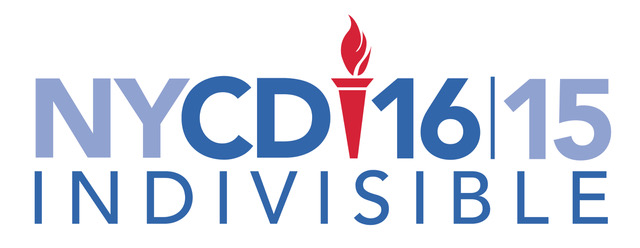A Brief Overview of the Congressional Review Act.
The Constitution gives the exclusive power to pass laws to Congress. But as the roles of government have expanded and become more complex, Congress has delegated authority to Executive branch agencies by passing laws with aspirational names like “Clean Air” and then given the relevant agencies the responsibility for issuing the appropriate regulations. This practice has been used extensively since the Roosevelt administration. Legislators like it because they can vote for feel-good bills but can later complain about the agencies for their implementation.
Enter New Gingrich and the Contract With America. Gingrich’s congress passed the Congressional Review Act (CRA) which empowers Congress to review new federal regulations issued by agencies (hold that new concept in mind) and revoke them (“disapprove”) via a joint resolution that requires only a majority vote. Once a rule is thus repealed, the CRA also prohibits the reissuing of the rule in substantially the same form, or the issuing of a new rule that is substantially the same unless Congress passes it in the form of a new law after the repeal. The CRA was used rarely and was successful only once prior to the Trump administration, in 2001.
The CRA has a time limit: Congress has 60 legislative days (i.e., days in which Congress is in session, not calendar days) in which to revoke a rule once it is submitted to Congress or published. That’s why this Congress rushed to repeal many Obama administration rules by sometime in May 2017.
Recently the CRA has gotten new life through a technicality. It turns out that the 60-day review clock is triggered by a rule’s final publication in the Federal Register or when a report on the rule is sent to Congress, whichever comes later. So for rules or so-called “guidance” which have not been submitted, the disapproval clock hasn’t started. According to one report, there are hundreds of such rules or guidance regulations. Application of the CRA to these regulations is being called “CRA 2.0.”
In late 2017, Senator Pat Toomey asked the GAO if the unsubmitted, but in-effect, CFPB guidance that protects auto loan borrowers from discrimination had the force of a “rule.” The GAO said yes, and that started the CRA clock even though the guidance had been in effect since 2013. The CRA permitted repeal with a simple majority vote. One Democrat, Joe Manchin, voted for it – but it would have passed without him.
This is bad news if the current Congress gets aggressive with CRA 2.0, as I think it will. In May 2017, Senators Booker and Udall introduced S. 1140, a bill to repeal the CRA, but that’s going nowhere in the foreseeable future. The only recourse is to flip the House and Senate. Then I think we should use the CRA as the Republicans have done, after which we should seriously consider repealing it.
Since CRA votes will closely follow party lines, this is not a viable action issue for us at this time. It’s yet another incentive, as if we need another one, to flip the Congress.
